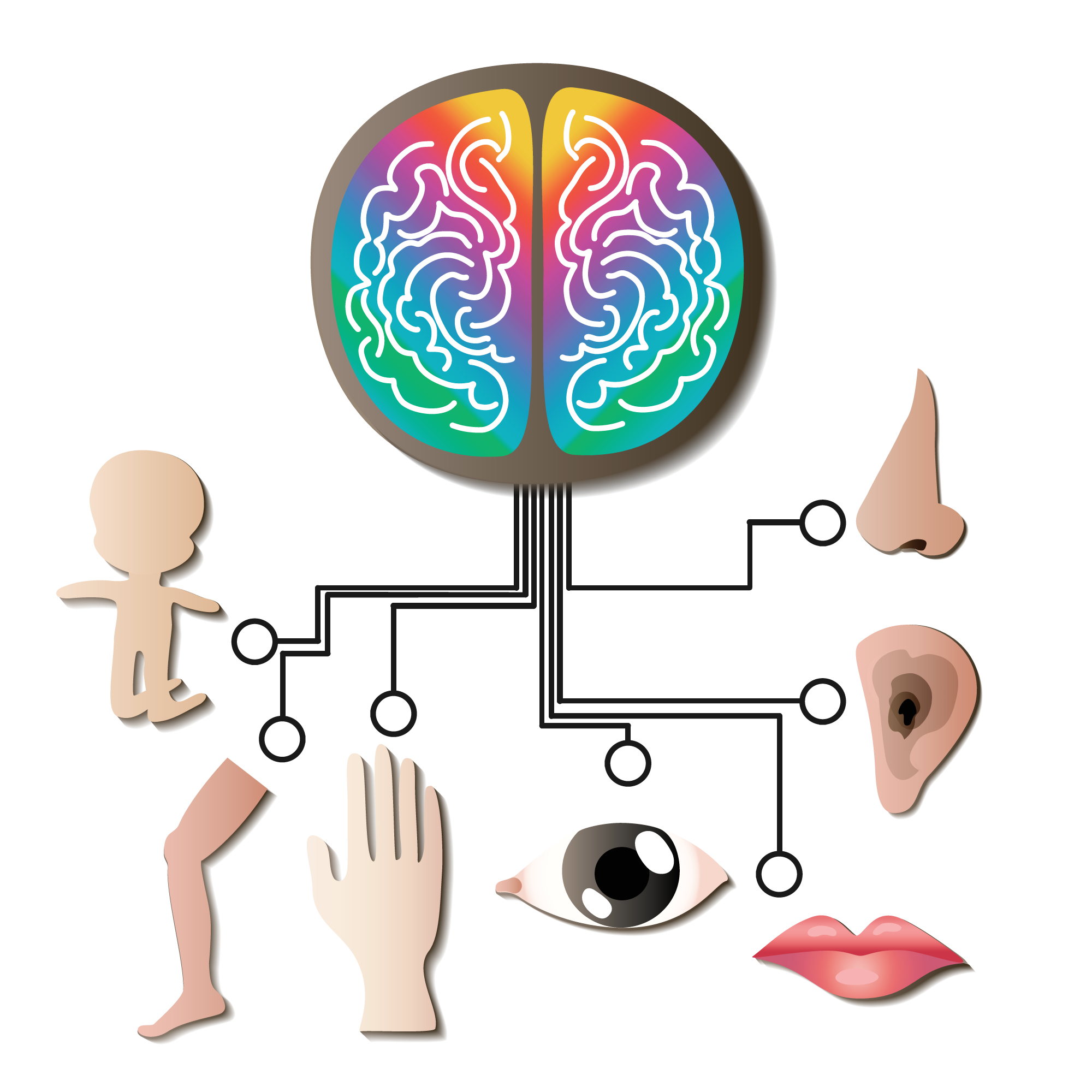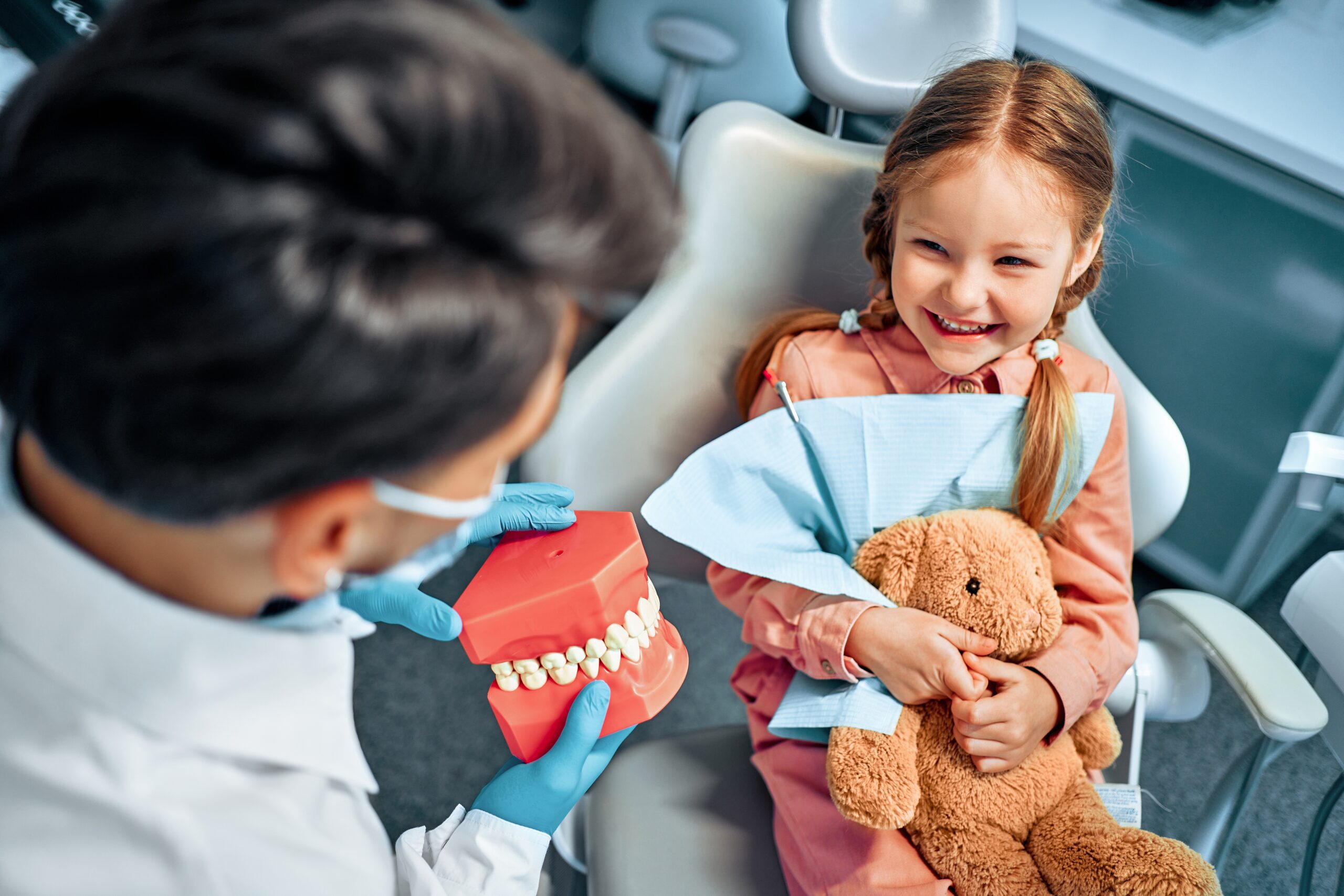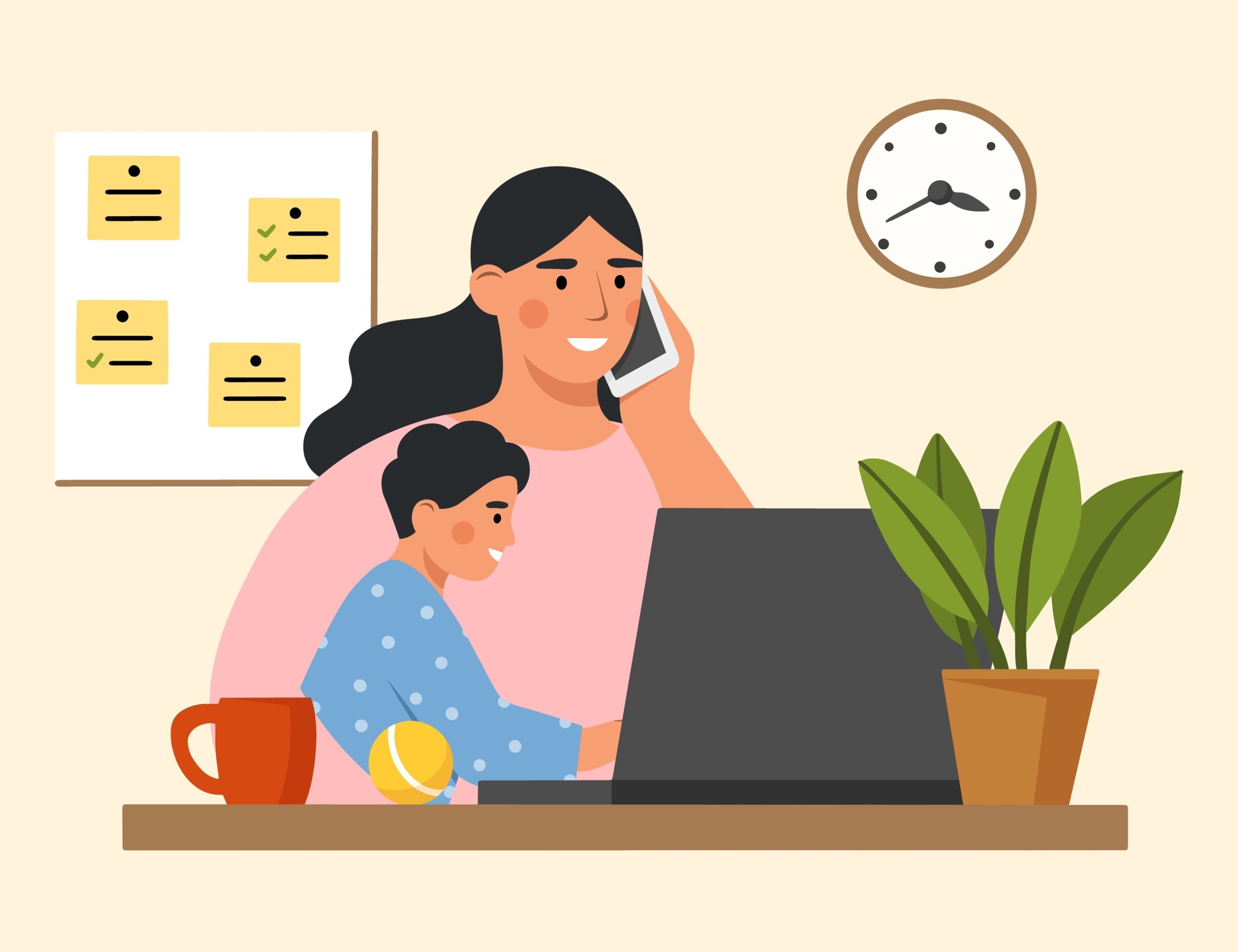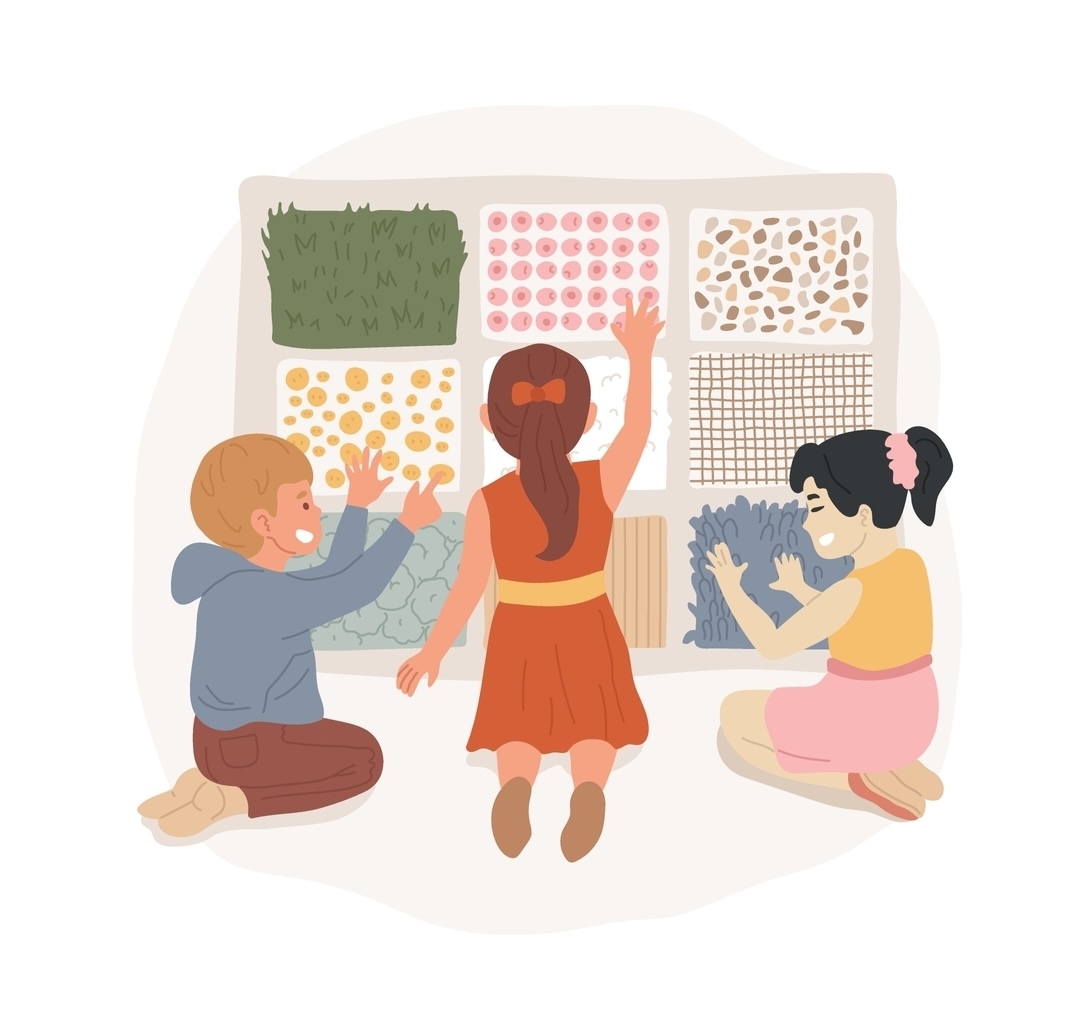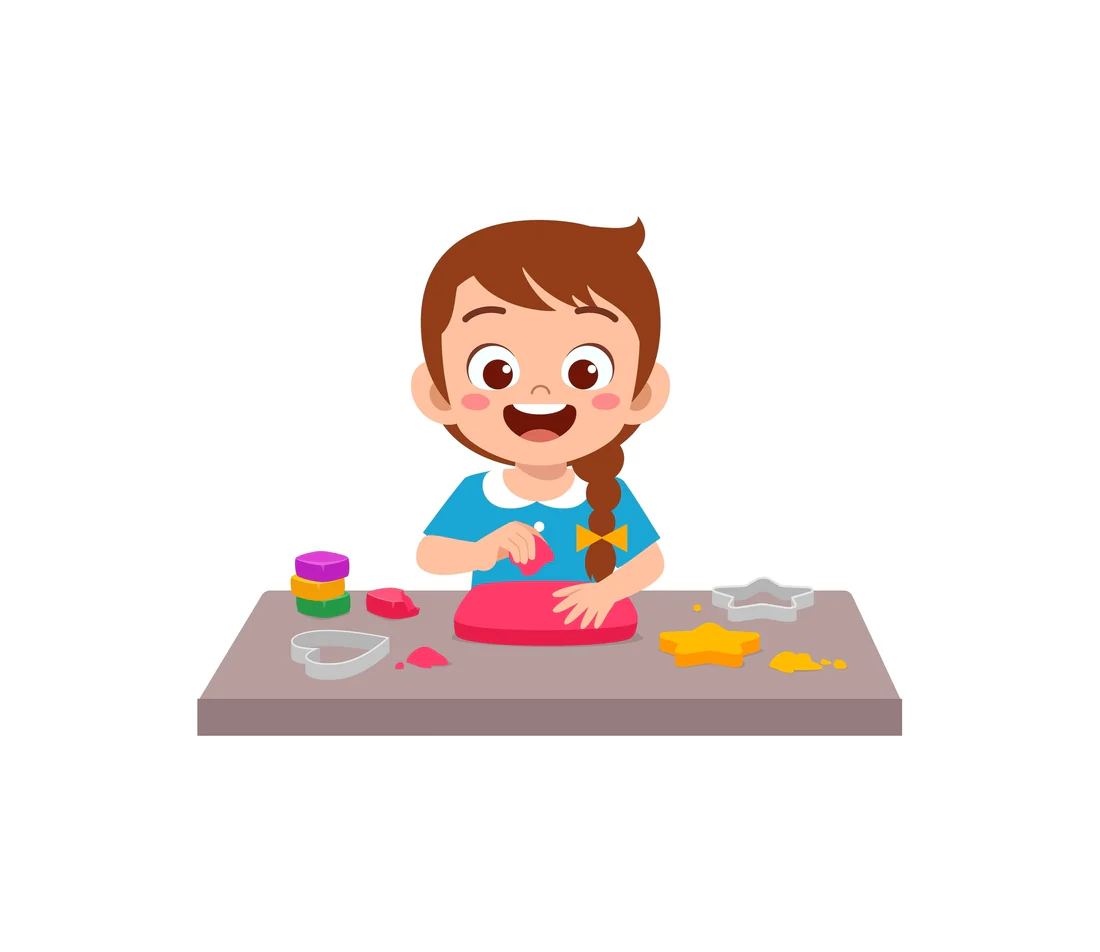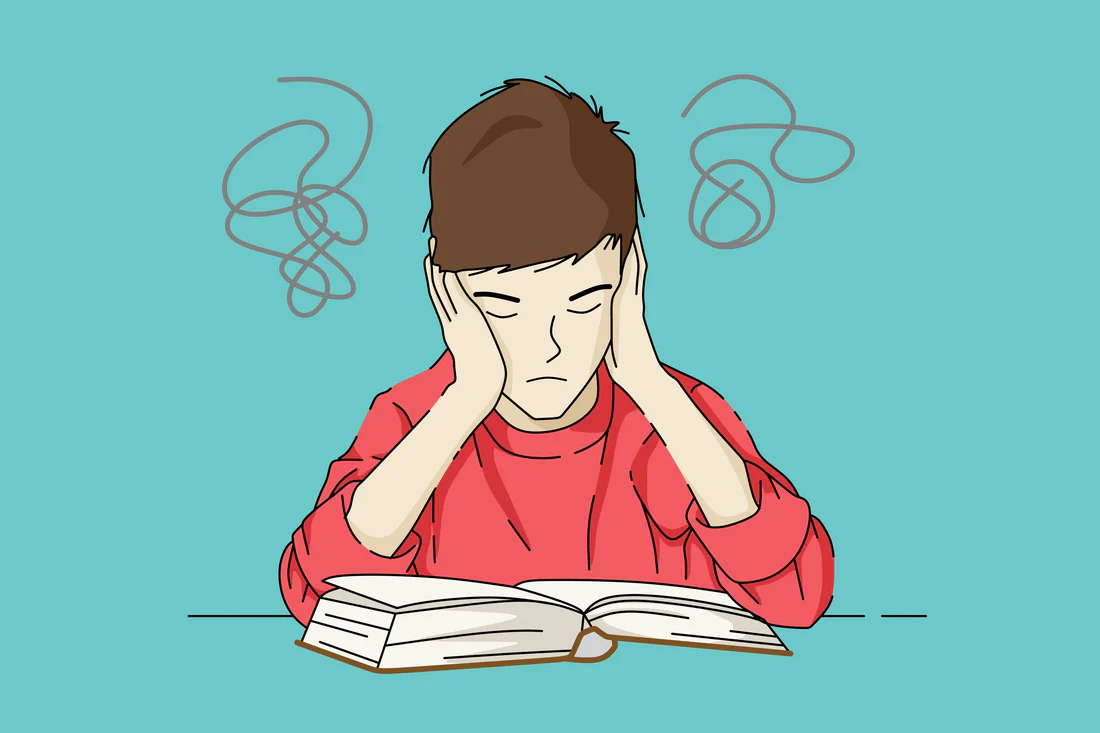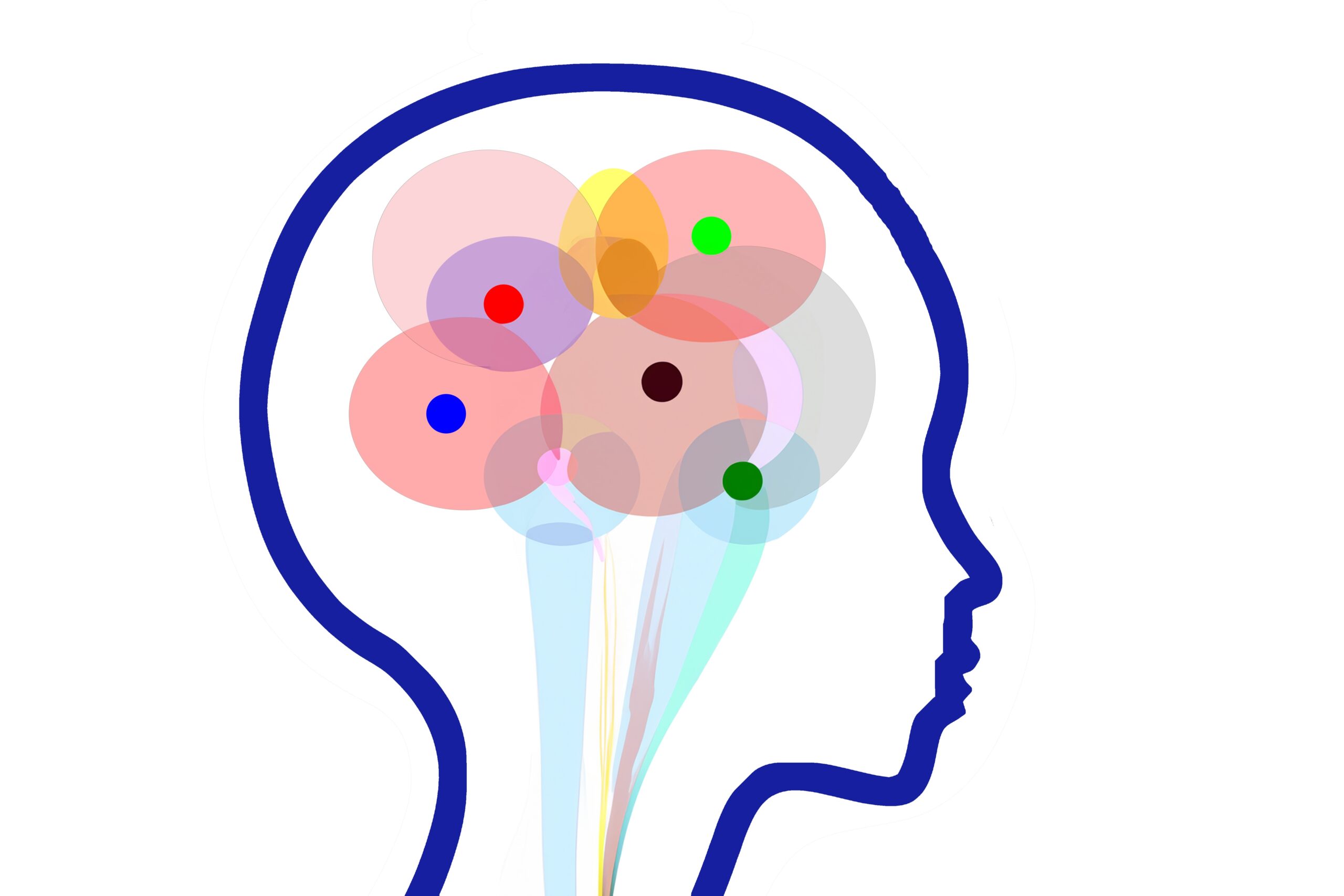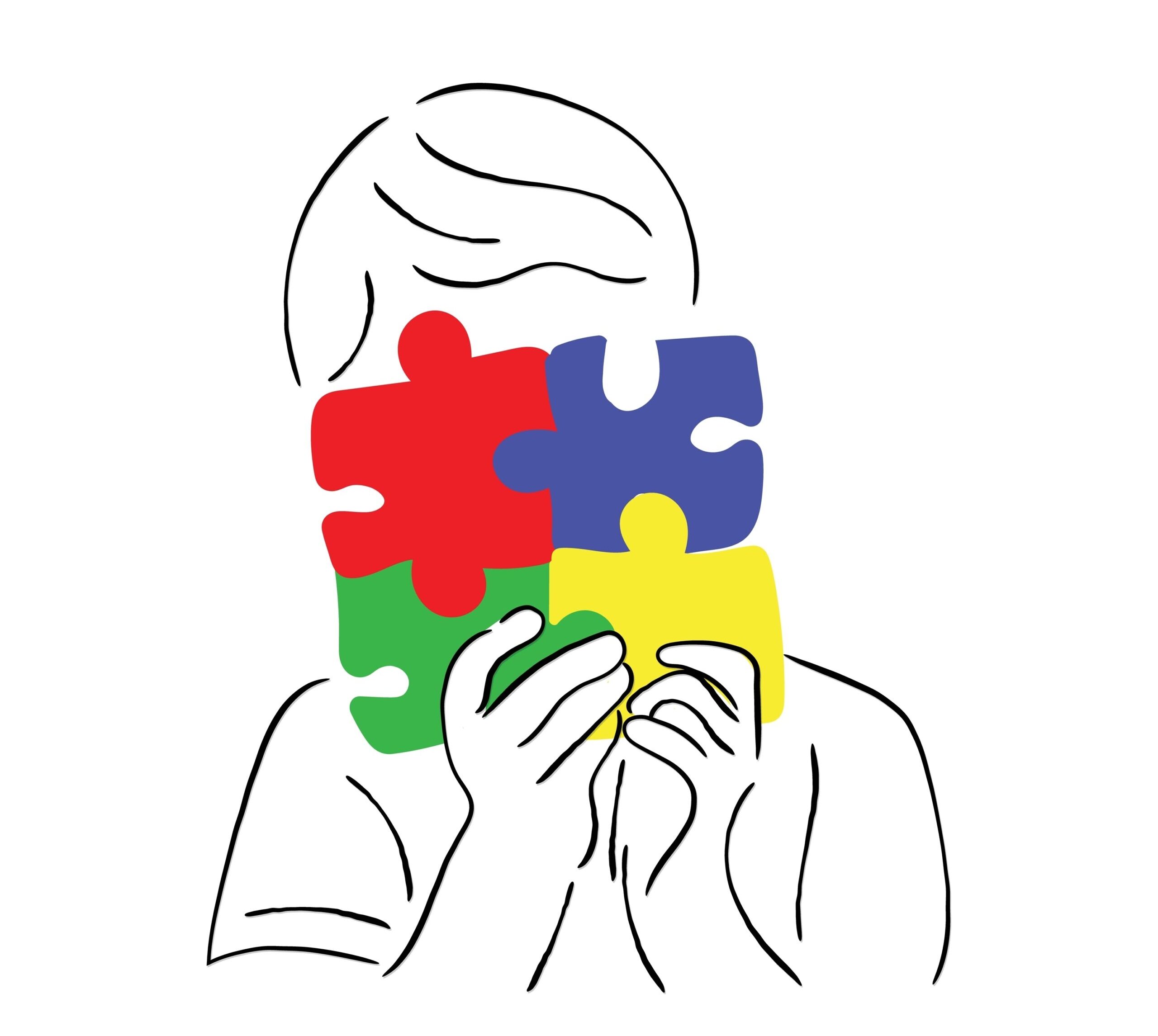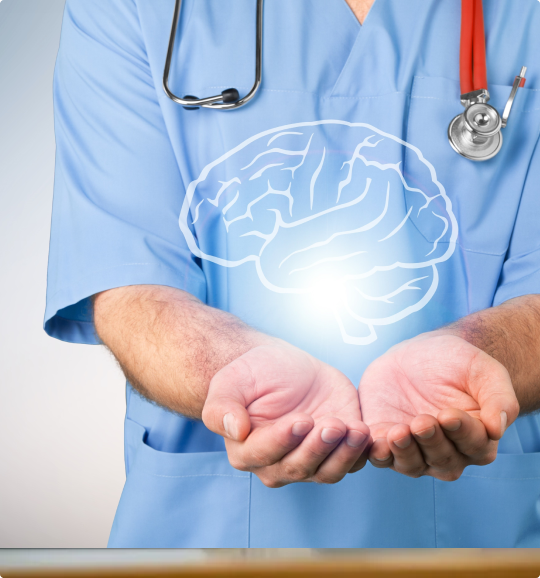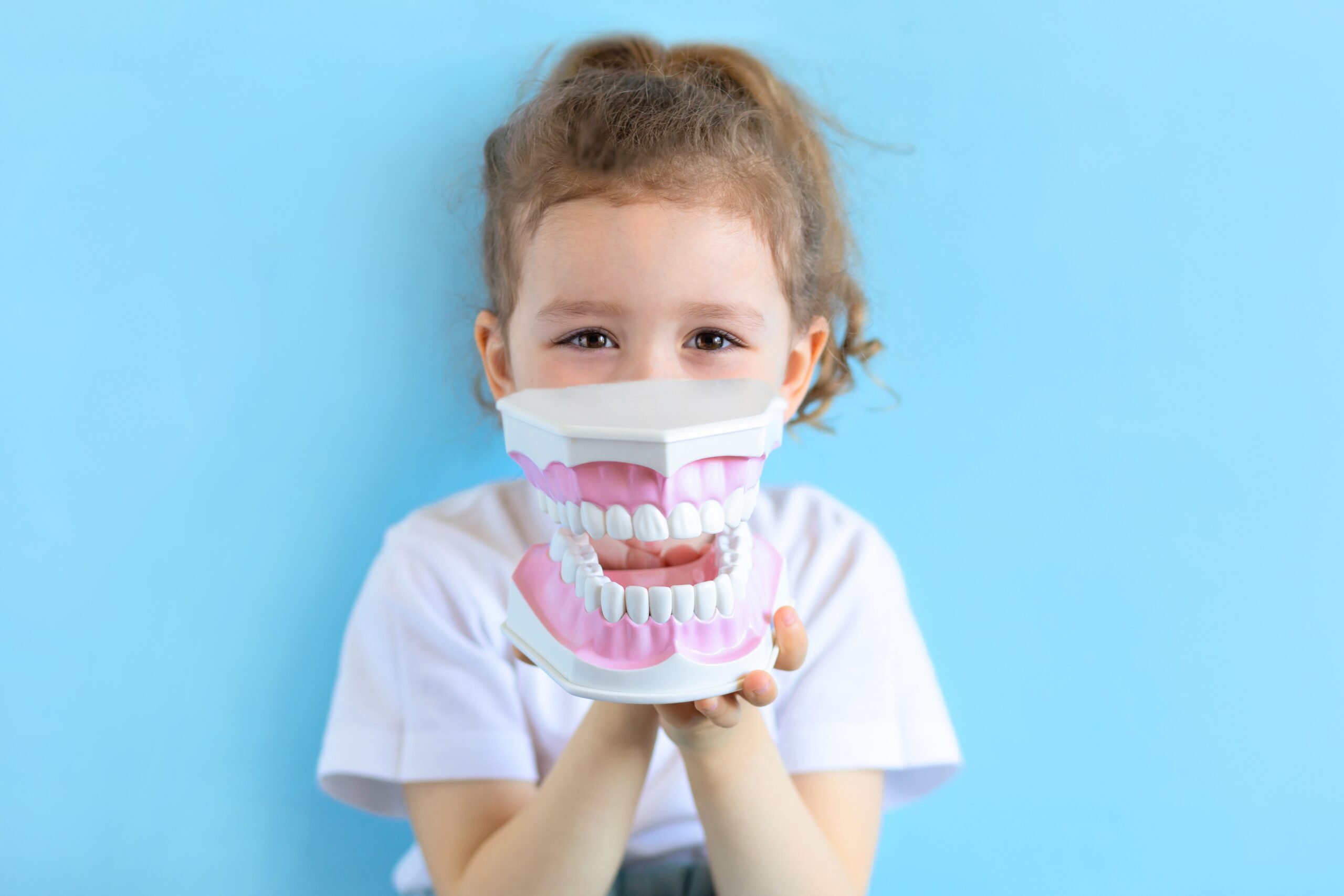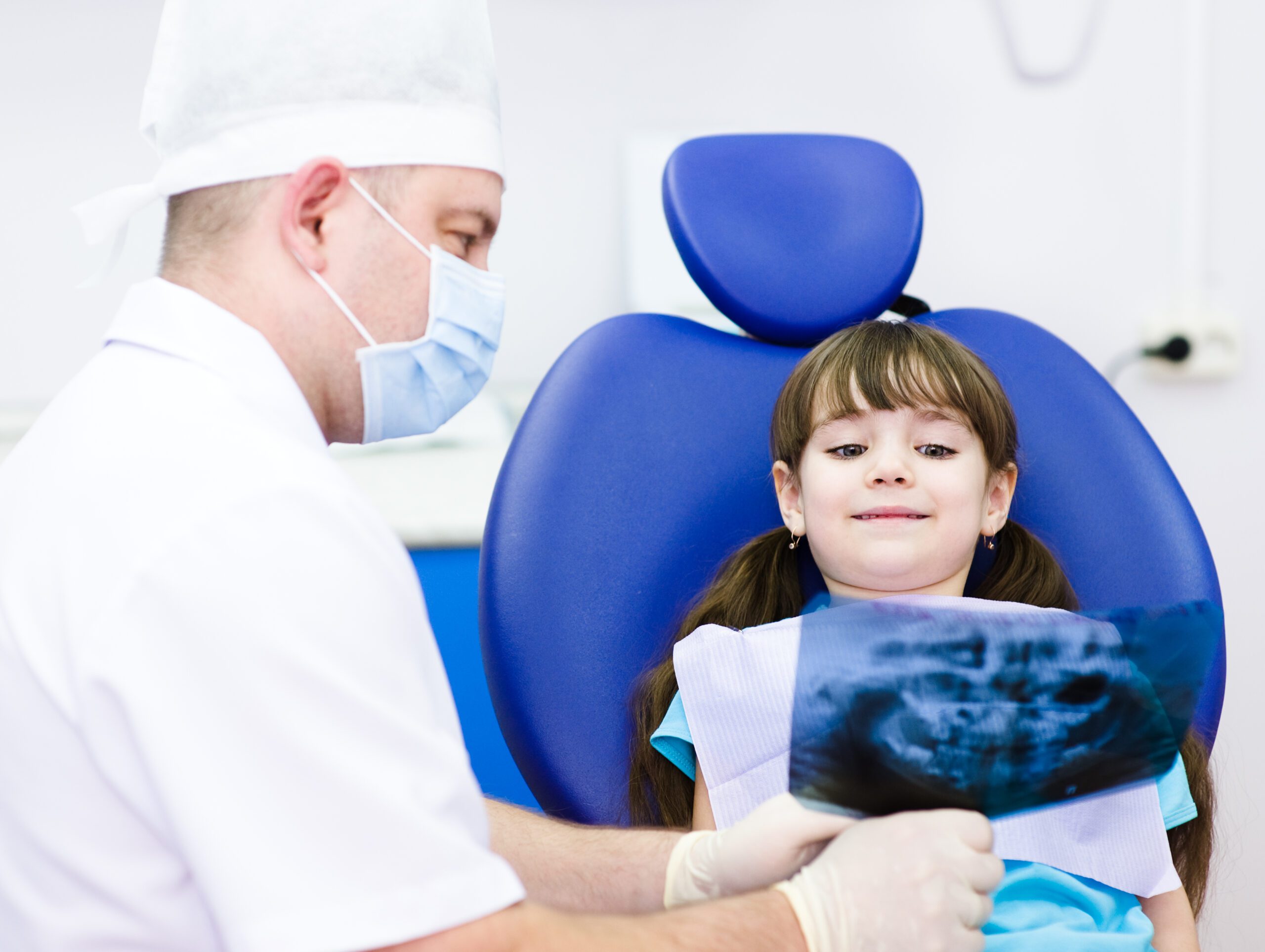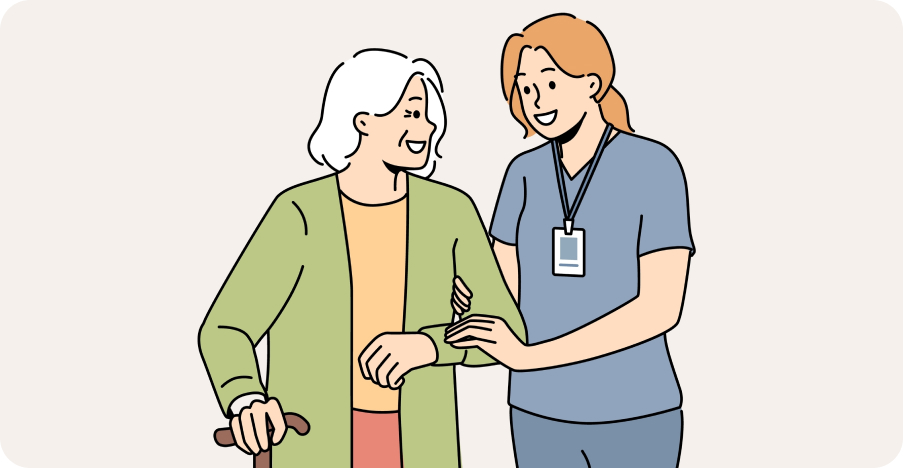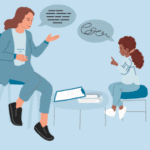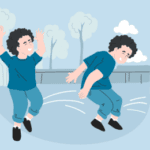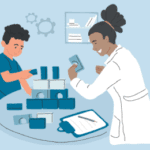
Neurological Balance and Medical Disorders
- Seizure Disorders in Children: Symptoms, Diagnosis, and Therapy
- Tourette Syndrome in Children: Symptoms, Diagnosis & Therapy Options
- Substance Use Disorders in Youth: Effects, Signs & Therapy Support
- Cerebral Palsy in Children: Symptoms, Types & Therapy Support
- Pediatric TBI & Concussions: Symptoms, Recovery & Therapy Support
- Pediatric Migraines: Symptoms, Triggers & Therapy Support
- Ehlers-Danlos Syndrome in Children: Symptoms, Types & Therapy Support
- BPPV: Causes, Symptoms & Treatment with Physical Therapy
- Vestibular Disorders: Symptoms, Causes & Therapy Support for All Ages
- Parkinson’s Disease: Symptoms, Treatment & Therapy Support
- Post-Stroke Rehab & CVA Recovery: Find Therapists for Stroke Rehabilitation
- Ataxia: Causes, Symptoms & Rehab Therapies
- Peripheral Neuropathy: Causes, Symptoms & Rehab
- Delayed Motor Milestones in Children | Early Signs, Causes & Therapy
- Hypotonia (Low Muscle Tone) in Children: Symptoms, Causes & Therapy
- Spina Bifida in Children: Types, Symptoms & Therapy Options
- Tic Disorders in Children: Symptoms, Types & Therapy Support
- Down Syndrome
Ehlers-Danlos Syndrome in Children: Symptoms, Types & Therapy Support

Authored by: The DrSensory Editorial Team
Reviewed by: 🛡️ DrSensory Clinical Review Board
Last updated: June 2025
Understanding Ehlers-Danlos Syndrome in Children: Symptoms, Types & Pediatric Therapy Solutions
What Is Ehlers-Danlos Syndrome (EDS)?
Ehlers-Danlos Syndrome (EDS) is a group of heritable connective tissue disorders that affect the collagen in the body, leading to hypermobile joints, fragile skin, and tissue laxity. In children, this condition can result in frequent joint injuries, developmental delays, and motor coordination challenges.
While EDS is a lifelong condition, early diagnosis and supportive pediatric therapy can significantly improve function and prevent injury.
What Causes Ehlers-Danlos Syndrome?
EDS is caused by genetic mutations that impact how the body produces collagen, a key protein in connective tissues. There are multiple subtypes of EDS, each linked to specific gene variants. Most forms are inherited in an autosomal dominant pattern, although some are autosomal recessive.
A medical geneticist typically confirms the diagnosis using clinical criteria and, in many cases, genetic testing.
What Causes Ehlers-Danlos Syndrome?
EDS includes 13 recognized subtypes, but the most commonly diagnosed in children are:
Hypermobile EDS (hEDS)
- Most common subtype
- Characterized by joint hypermobility, chronic pain, and frequent dislocations
- No known genetic marker (diagnosed clinically)
Classical EDS
- Features stretchy skin, fragile tissue, and poor wound healing
- May include visible scarring and joint hypermobility
Vascular EDS
- Rare and serious
- Can cause blood vessel and organ fragility
- Requires strict medical monitoring
Each subtype may require a unique combination of therapy and medical care.
Signs and Symptoms of EDS in Children
- EDS symptoms in children can vary by subtype and severity. Common signs include:
- Joint hypermobility (can often “double joint” or dislocate easily)
- Frequent sprains, strains, or joint pain
- Delayed gross and fine motor development
- Fatigue and poor endurance
- Skin that bruises easily or feels soft and stretchy
- Poor wound healing or unusual scarring
- Flat feet, scoliosis, or other postural issues
- Anxiety or proprioceptive challenges
- Because symptoms can be subtle or misattributed to “clumsiness,” EDS is often diagnosed later than ideal.
Diagnosing EDS in Children
Diagnosis typically involves:
- Detailed medical and family history
- Beighton score to assess joint hypermobility
- Genetic evaluation for certain subtypes
- Physical exam to assess skin texture, scarring, and joint integrity
Children with suspected EDS should be evaluated by a geneticist, rheumatologist, or specialized pediatrician. Early diagnosis allows families to create a therapy plan and minimize injury risk.
Therapy for Children with Ehlers-Danlos Syndrome
Therapies focus on joint protection, muscle support, posture, and coordination. A multidisciplinary approach often yields the best outcomes.
Occupational Therapy
- Supports fine motor skill development (writing, buttoning, feeding)
- Teaches joint protection strategies
- Introduces adaptive equipment to ease daily activities
- Builds proprioception and sensory-motor awareness
Physical Therapy (PT)
- Improves muscle strength to support unstable joints
- Enhances posture and alignment
- Prevents joint dislocations through targeted movement routines
- Assists with pain management and endurance training
Speech-Language Pathology (SLP)
- Addresses feeding and swallowing difficulties (if present)
- Helps manage speech articulation if jaw or facial tone is affected
- Supports executive functioning if related issues are present (seen in some hEDS cases)
Therapists also help children develop self-regulation and pacing strategies, essential for managing chronic fatigue and pain.
How DrSensory Supports Families Affected by EDS
DrSensory helps families find pediatric therapy providers who understand the unique challenges of Ehlers-Danlos Syndrome. With our verified therapist database, you can:
- Search for OT, PT, or SLP providers by location and specialty
- View clinic details, availability, and therapist expertise
- Schedule in-person or virtual therapy sessions
- Learn from trustworthy condition-specific guides
Frequently Asked Questions (FAQ)
Is Ehlers-Danlos Syndrome curable?
No, EDS is a lifelong genetic condition. However, symptoms can be managed through lifestyle modifications, therapy, and careful medical oversight.
How early can EDS be diagnosed in children?
Some signs may be evident in infancy or early childhood (e.g., motor delays, hypermobility), but many children aren’t diagnosed until school age. Early symptoms may resemble general “low muscle tone” or “clumsiness.”
Can my child with EDS participate in sports?
With supervision and proper physical conditioning, some children with EDS can participate in low-impact sports. However, contact sports or high-risk activities may increase injury risk and should be approached cautiously.
Why does my child with EDS fatigue so easily?
Children with EDS often use extra energy to stabilize their joints, compensate for poor proprioception, and manage chronic discomfort. A graded exercise plan and pacing strategies from a therapist can help.
Does EDS affect learning or school performance?
While EDS doesn’t directly affect cognition, chronic pain, fatigue, and coordination issues may impact writing, sitting tolerance, and stamina, leading to accommodations like 504 plans or IEPs.
This page provides general educational content and is not a substitute for professional medical advice. Always consult a licensed provider for diagnosis and treatment.
View privacy policy, copyright and trust info
More on Neurological Balance and Medical Disorders

- Seizure Disorders in Children: Symptoms, Diagnosis, and Therapy
- Tourette Syndrome in Children: Symptoms, Diagnosis & Therapy Options
- Substance Use Disorders in Youth: Effects, Signs & Therapy Support
- Cerebral Palsy in Children: Symptoms, Types & Therapy Support
- Pediatric TBI & Concussions: Symptoms, Recovery & Therapy Support
- Pediatric Migraines: Symptoms, Triggers & Therapy Support
- Ehlers-Danlos Syndrome in Children: Symptoms, Types & Therapy Support
- BPPV: Causes, Symptoms & Treatment with Physical Therapy
- Vestibular Disorders: Symptoms, Causes & Therapy Support for All Ages
- Parkinson’s Disease: Symptoms, Treatment & Therapy Support
- Post-Stroke Rehab & CVA Recovery: Find Therapists for Stroke Rehabilitation
- Ataxia: Causes, Symptoms & Rehab Therapies
- Peripheral Neuropathy: Causes, Symptoms & Rehab
- Delayed Motor Milestones in Children | Early Signs, Causes & Therapy
- Hypotonia (Low Muscle Tone) in Children: Symptoms, Causes & Therapy
- Spina Bifida in Children: Types, Symptoms & Therapy Options
- Tic Disorders in Children: Symptoms, Types & Therapy Support
- Down Syndrome
Find a Therapist near you
Are you looking for a physical, occupational, or speech therapist in your area?
Look no further than the DrSensory Therapist Database and Clinic Directory!
Find a Therapist
Find the physical therapist, occupational therapist, or speech language pathologist you’re looking for!
Ask Us Anything
Whether you are looking for advice, have a general question about sensory processing, or looking for resources.
Submit Your Story
Share your story about your child. Let’s celebrate milestones and learn more about challenges.







































